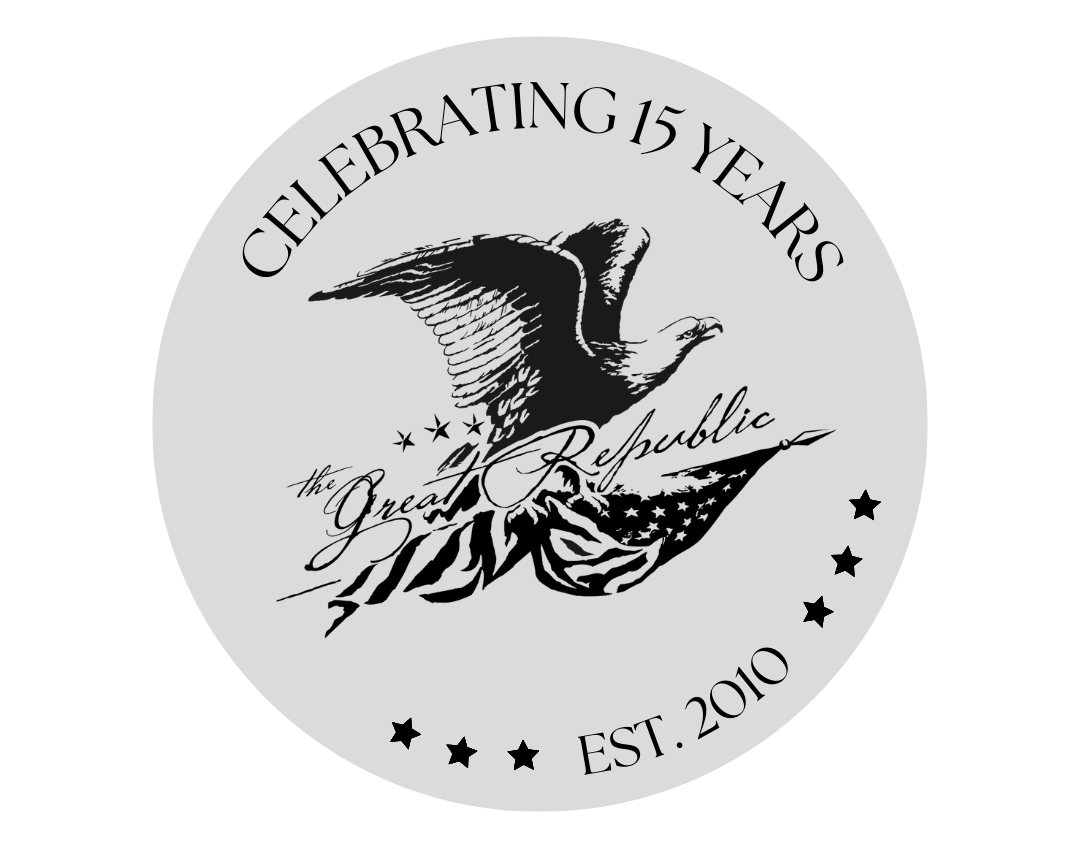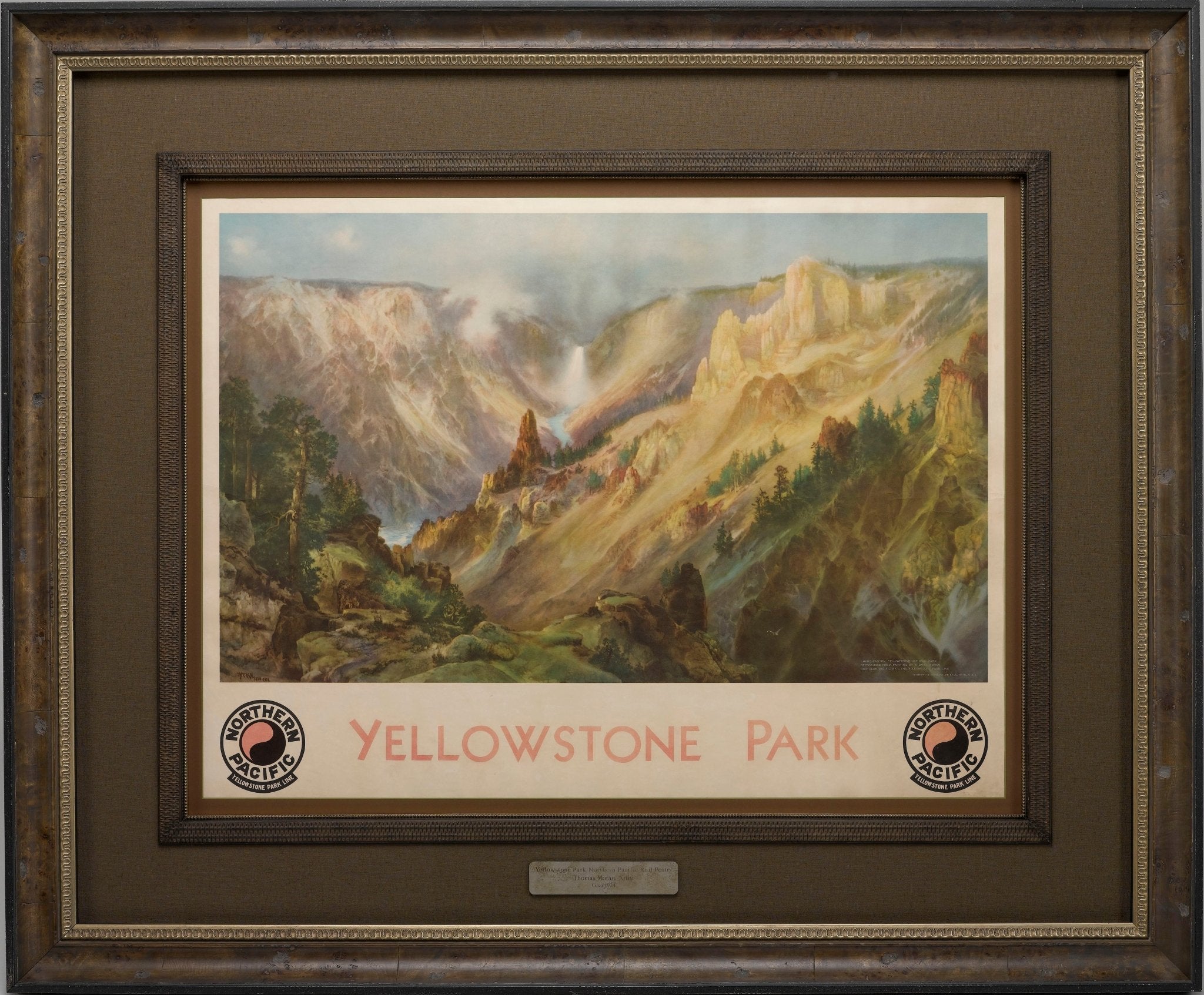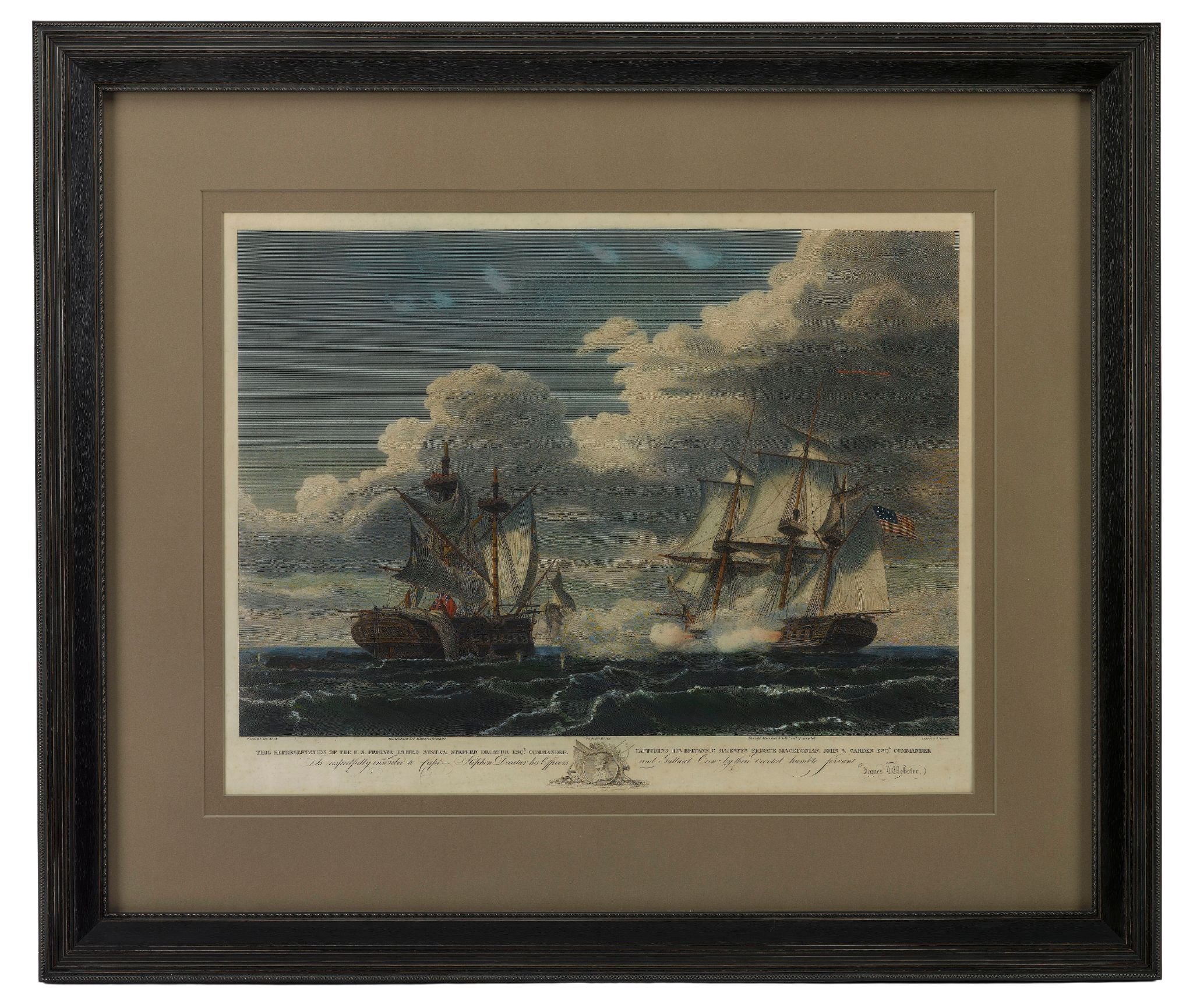1858 Mitchell’s Map of the United States - A Snapshot in History

Samuel Augustus Mitchell Sr. (1792 - 1868) began his map-publishing career in the early 1830s. Having worked as a schoolteacher, Mitchell was frustrated with the low quality and inaccuracy of school texts of the time- his earliest maps were an attempt to rectify this problem. Over the next 20 years, Mitchell would become the most prominent American map publisher of the mid-19th century. His visual record of the early Unites States gives us an incredible lens into the rapid growth of our country during this time, filling almost every inch of space with practical information.
This 1858 National Map of the United States provides a stunning example of the peak of Mitchell's career. Featured on a hanging scroll with hand-colored counties, this breathtaking map encompasses detailed engravings, inset maps, decorative vignettes and expansive tables to promote the rapid growth of America. There is an emphasis on extensive trade networks including steamship and railroad routes. Many of the inset engravings are a nod to important events throughout our Nation's history including the Columbus Ship Discovery of America and the Landing of the Pilgrims. Likely used in a classroom setting, this map served as a geographic guide for the youth of America for decades.

The late 1850s were pivotal in the development of both the New Mexico and Arizona territories as we recognize them today. In February of 1858, the New Mexico territorial legislature adopted a resolution in favor of the creation of the Arizona territory, but with a north–south border along the 109th meridian. The proposed line shown on this map is a precursor to the future “Baylor Line”, which would make a similar division of the two Territories of NM and AZ following the Confederate Lieut. Col. John Baylor's capture of the region in 1861, which led to a short-lived attempt to establish the Confederate State of Arizona. The Confederacy regarded the territory as a valuable route for possible access to the Pacific Ocean, with the specific intention of capturing California. In March 1862, the U.S. House of Representatives, now devoid of the southern delegates and controlled by Republicans, passed a bill to create the United States Arizona Territory using the north–south border of the 107th meridian. The use of a north–south border rather than an east–west one had the effect of denying a de facto ratification of the Confederate Arizona Territory. The final bill passed the Senate in February 1863 and was signed into law by President Abraham Lincoln on February 24, the date of the official organization of the US Arizona Territory.

Throughout the 1850s, Kansas territory slowly stretched all the way to the Rocky Mountains until the eve of the 1859 Kansas/Pikes Peak Gold Rush. With the absence of Colorado, which wasn’t admitted to the Union until 1876, Kansas’ borders met with the early Utah territory, encompassing the majority of the areas which served as rest stops for hopeful Americans looking to capitalize off of the Gold Rush on the West Coast. The Northwestern Coast was just as different, with the Washington and Oregon territories extending much further eastward to the Continental Divide.
Although the US is the central focus of the map, Mitchell made sure to include not just one, but two world maps alongside the US—an amazing glimpse into how, not only the US but, the entire world operated at this point in time. The United States is placed in the center of the Mercator Projection, a deliberate effort to establish the US as a burgeoning world power. Alaska is still labeled as “Russian Territory,” and Hawaii is still a Polynesian Kingdom referred to as the “Sandwich Islands.”


Valuable information about settlements and city growth gives us data to compare between the gold rushes of the 1840s leading up to the changing territories of the Civil War. The population tables show a positive reflection of the growth of American colonies, in stark contrast to the deliberately displayed measly numbers of the British-Canadian colonies just north. These tables also serve, not only as a reflection of our prospering nation at the time but, as a display of the mindset of mapmakers and proud Americans as they enter the 19th century alongside the rest of the “old world”.
There is no overstating the historical significance of this map, which offers a distinctive snapshot in time right before the US was plunged into a bloody civil war. This map is uniquely familiar and simultaneously alien to modern Americans, reflecting the well-developed Eastern Coast and also concurrently showcasing the amateur, yet ever-growing developments of Western America.
This 1858 National Map of the United States, along with other antique maps that we sell, offer a unique insight into the world as we navigated the 19th and 20th centuries. For more information on S.A. Mitchell and collecting antique maps, check out our other blogs below.
MITCHELL'S 1847 WARTIME "MAP OF MEXICO"






